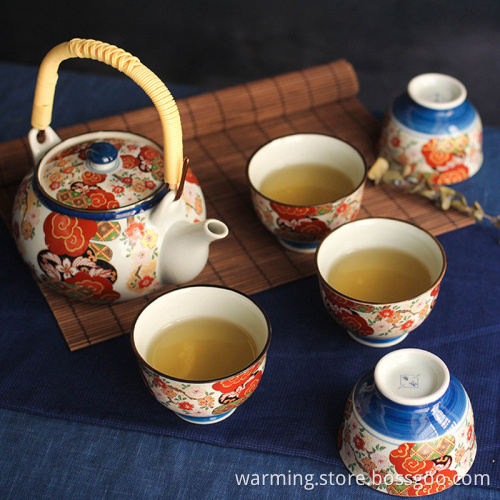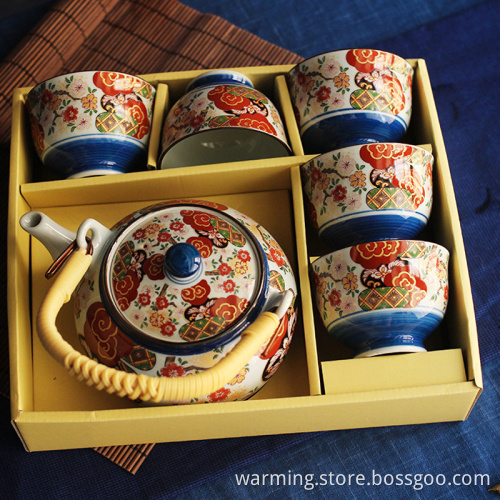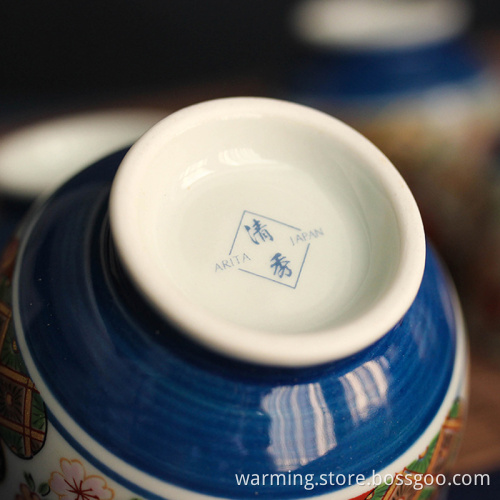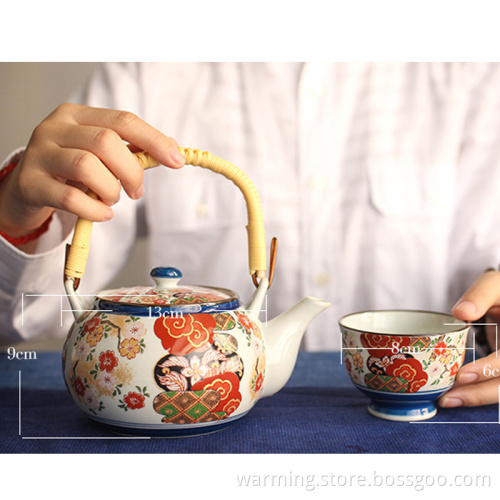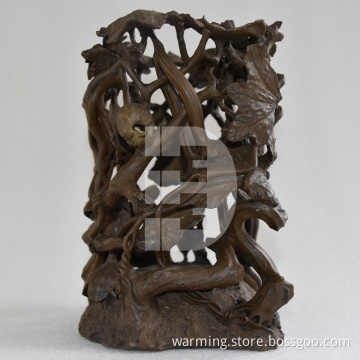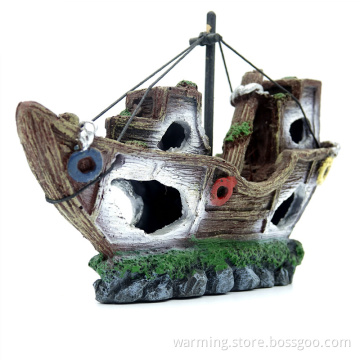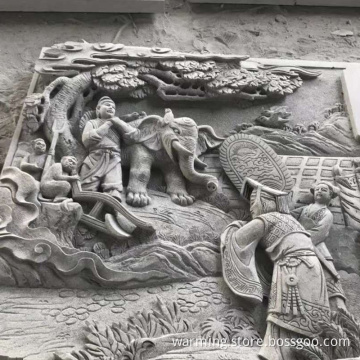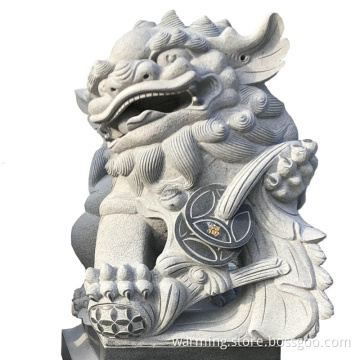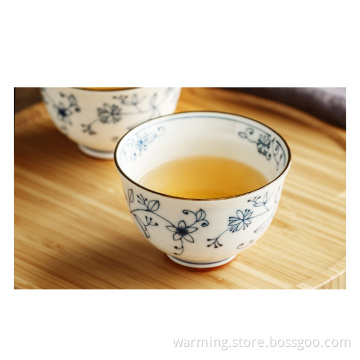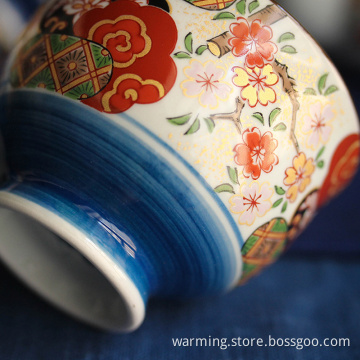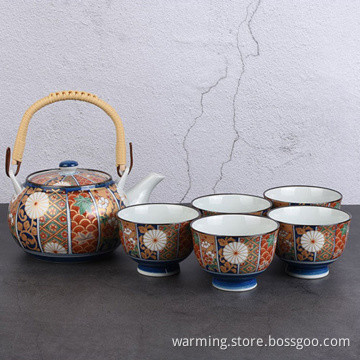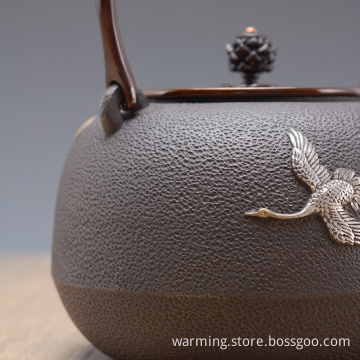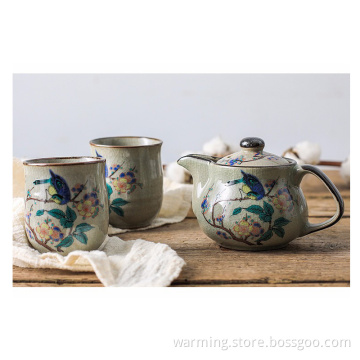
Japanese teapot set cherry blossom
- Min. Order:
- 1 Piece/Pieces
- Min. Order:
- 1 Piece/Pieces
- Transportation:
- Ocean, Air
- Port:
- Chongqing
Your message must be between 20 to 2000 characters
Contact Now| Place of Origin: | Chongqing |
|---|---|
| Productivity: | 1 Piece/Pieces per Month |
| Supply Ability: | 1 Piece/Pieces per Month |
| Payment Type: | T/T,Western Union |
| Incoterm: | FOB |
| Transportation: | Ocean,Air |
| Port: | Chongqing |
A tea pots usually has four elements: a mouth, a lid, a bottom and a handle. The teapot is used for brewing tea, and the temperature is kept well, which is conducive to brewing tea that requires high brewing temperature. The covered bowl has two functions: tea cup and teapot. You can make tea directly in the covered bowl, or you can make tea in the covered bowl, and then divide it into tea cups for many people to drink. When used as a tea cup, it is mainly used to brew green tea and scented tea; When the teapot is used, various tea leaves can be brewed. A teapot is a mouthed utensil for making and pouring tea. It is a kind of tea set, mainly used to make tea. The teapot set consists of a lid, a body, a bottom and a ring. The teapot has many textures. At present, the Japanese teapot set is mostly made of purple clay or porcelain.
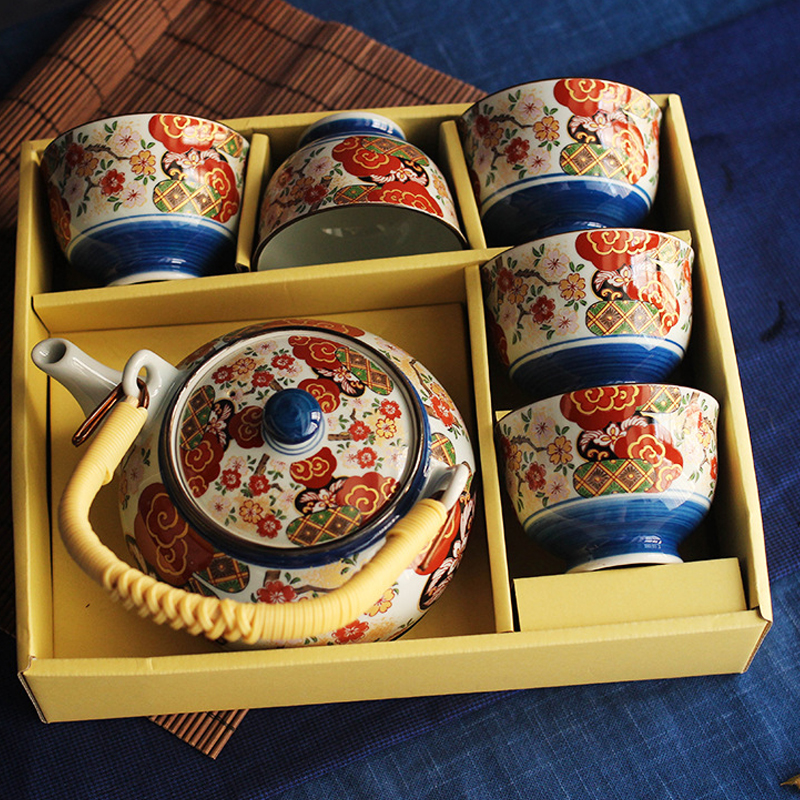
What do you know about tea pots?
A teapot is a mouthed utensil for making and pouring tea. It is a kind of tea set, mainly used to make tea. The teapot is composed of a lid, a body, a bottom and a ring foot. The lid has holes, buttons, seats, covers and other details. The pot body has mouth, extension (lip wall), mouth, flow, abdomen, shoulder, handle (handle, wrench) and other parts. According to the different characteristics of the handle, cover, bottom, shape and other parts of the teapot set, there are more than 200 basic types of tea pots.
Before using a newly bought teapot kettle, you can put some tea leaves into it and soak it with boiling water. It is better to soak it several times more, and then scrub it inside and outside to thoroughly remove the sand particles left in the kettle.
Related Keywords


